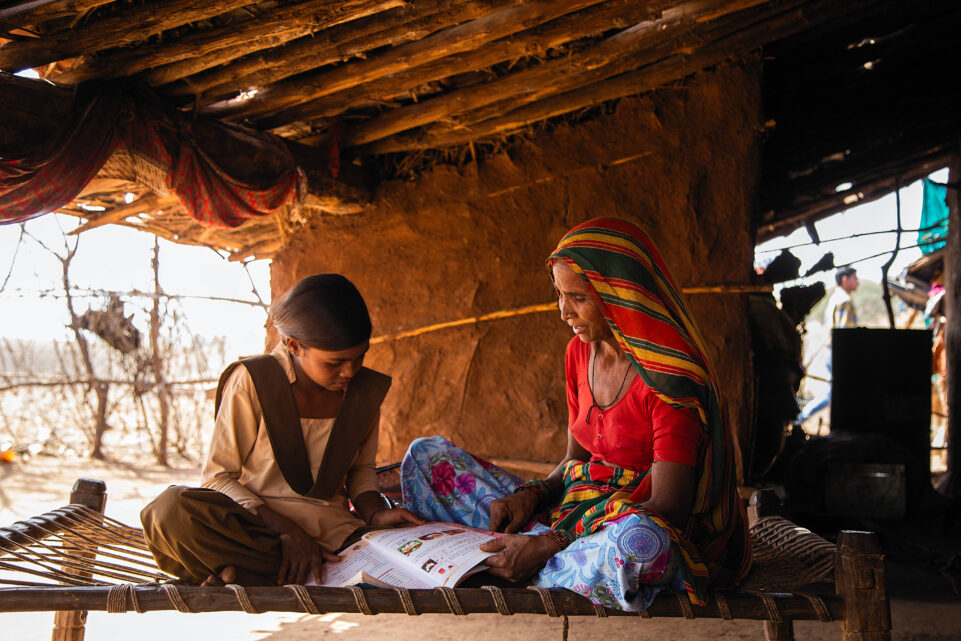Educate Girls aims to provide equitable access to education for all girls in India. Its primary beneficiaries are out-of-school girls in rural communities. They strive to boost school enrollment and learning with local volunteers who mobilize parents and communities and by delivering supplementary remedial learning curriculum. Their annual demonstrated impact includes:
- Re-enrolling 250,000 out-of-school girls back in education.
- Supporting nearly 300,000 children with their remedial education.
- Signing of an agreement with the State Government of Rajasthan to train over 20,000 government teachers and educational officials in the identification and enrollment of out-of-school children across all 33 districts of the state.




